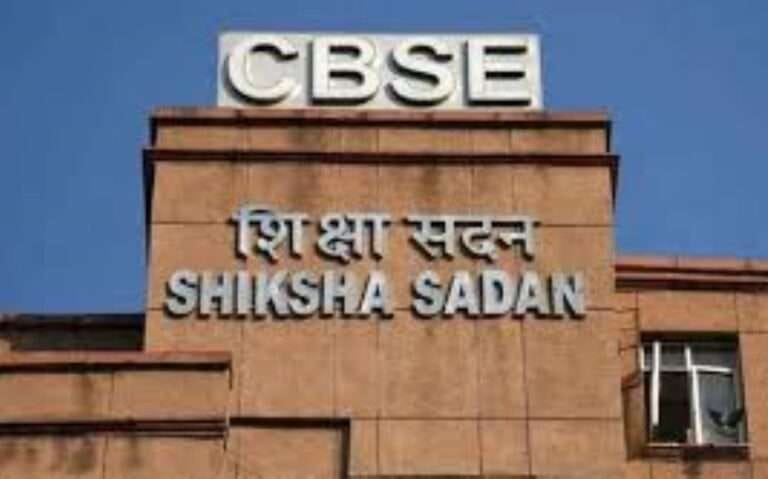Recent Blog
“After 75 years since Independence Day, the statistics of the literate population have reached 80%...
Careers after the 12th are the most important decisions in life. There are many career...
Parliament has passed the National Institutes of Food Technology, Entrepreneurship and Management Bill, 2021. The...
MP VYAPAM organizes the B.Ed Entrance Examination to select suitable candidates for Bachelor of Education...
According to the 2018 GMAC Corporate Recruiters Survey, four in five companies plan to hire...
Germany is one of the best countries to study abroad,It offers a unique combination of...
Data science courses cover strategies that help companies make data-driven decisions, analyze market trends, and...
The National Testing Agency (NTA) has started the registration process for NEET-UG 2021. Education Minister...
The Indian media industry offers a wide range of future jobs, especially digital media houses...
BCA, Bachelor of Computer Application, is a 3-year UG course that imparts knowledge on the...
The Bachelor of Business Administration or BBA is one of the most popular and sought...
The Defense Research and Development Organization (DRDO) and the All India Technical Education Council (AICTE)...
Dharmendra Pradhan is the new Minister of Education of India. He replaced Ramesh Pokhriyal ‘Nishank’...
Board Review of CBSE 2022: New Board Curriculum divides the academic session into two terms...
The Supreme Court on Tuesday dismissed a petition challenging the validity of Section 124A of...















